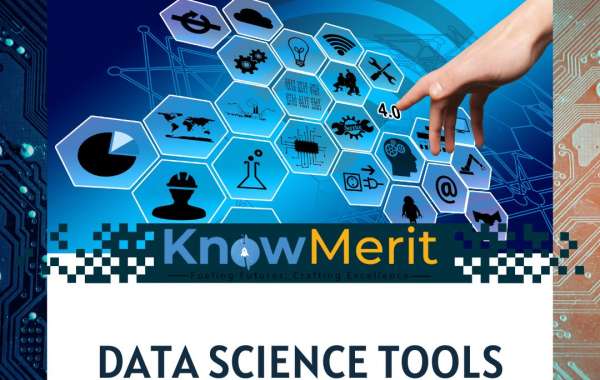As technology evolves at an unprecedented pace, the field of data science stands at the forefront of innovation, continuously pushing the boundaries of what is achievable. Emerging technologies and novel approaches are driving the development of the next generation of data science tools, offering transformative capabilities and redefining the way organizations harness the power of data. Let's explore some of these innovative frontiers and the ground breaking tools that are shaping the future of data science.
Graph Analytics:
Traditional data analysis approaches often overlook the interconnected nature of data, treating each data point in isolation. Graph analytics tools, on the other hand, recognize the inherent relationships between data entities and leverage graph structures to uncover hidden insights. By modeling data as a network of nodes and edges, these tools enable organizations to analyze complex relationships, detect patterns, and identify communities within interconnected datasets. Graph databases like Neo4j and graph analytics platforms such as Apache Giraph and NetworkX provide the foundation for exploring the rich landscape of graph data, opening new avenues for analysis in domains such as social networks, cybersecurity, and recommendation systems.
Federated Learning:
As data privacy concerns mount and regulations become more stringent, federated learning offers a promising approach to collaborative model training without compromising data security and privacy. In federated learning, model training occurs locally on distributed devices or edge servers, with only aggregated updates shared with a central server. This decentralized approach allows organizations to leverage the collective intelligence of distributed data sources while preserving data privacy and confidentiality. Federated learning frameworks like TensorFlow Federated (TFF) and PySyft provide the tools and protocols necessary to implement federated learning systems, enabling organizations to harness the power of distributed data for model training without sacrificing privacy or security.
Explainable AI (XAI):
As AI systems become increasingly integrated into critical decision-making processes, the need for transparency and interpretability becomes paramount. Explainable AI (XAI) tools aim to enhance the transparency and interpretability of AI models, enabling stakeholders to understand and trust the decisions made by AI systems. Techniques such as model-agnostic explanations, feature importance analysis, and counterfactual explanations provide insights into how AI models arrive at their predictions or recommendations, empowering users to identify biases, assess model robustness, and take appropriate actions based on model outputs. XAI frameworks like SHAP (SHapley Additive exPlanations), LIME (Local Interpretable Model-agnostic Explanations), and Anchor provide a suite of tools for interpreting and explaining AI models across different domains and use cases, fostering trust and accountability in AI-driven decision-making processes.
Augmented Analytics:
Augmented analytics represents a paradigm shift in data analysis, combining the power of machine learning and natural language processing to augment human intelligence and decision-making. These tools leverage advanced algorithms to automate data preparation, insight discovery, and visualization, enabling users to derive actionable insights from data with minimal manual effort. By automating repetitive tasks and surfacing relevant insights in plain language, augmented analytics tools empower users with varying levels of technical expertise to make informed decisions and drive business outcomes. Platforms like IBM Watson Analytics, Microsoft Power BI, and ThoughtSpot exemplify the convergence of AI and analytics, offering intuitive interfaces and natural language querying capabilities that democratize access to advanced analytics and empower users to explore data and derive insights effortlessly.
Conclusion:
As we embark on the next frontier of data science, innovation continues to drive the development of transformative tools and technologies that redefine the possibilities of data analysis and interpretation. From graph analytics and federated learning to explainable AI and augmented analytics, the future of data science is brimming with promise and potential. By embracing these innovative tools and approaches, organizations can unlock new insights, drive innovation, and navigate the complexities of the data-driven world with confidence and clarity.


